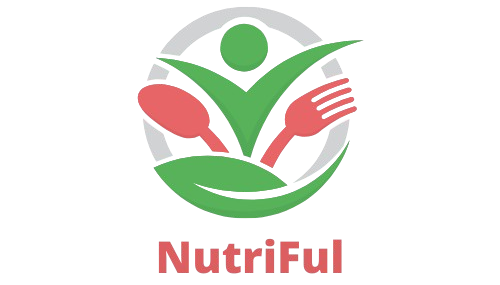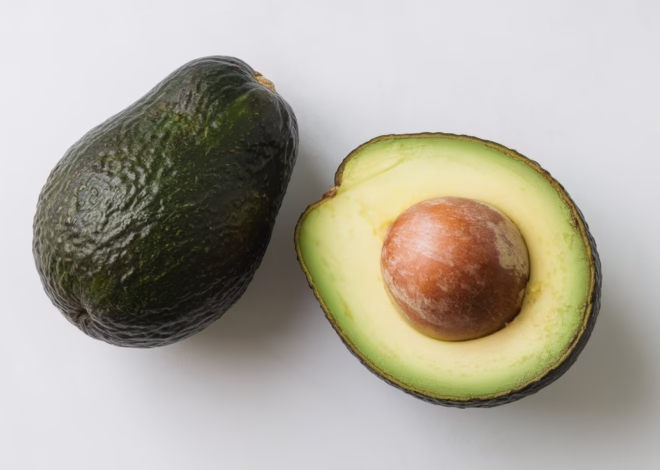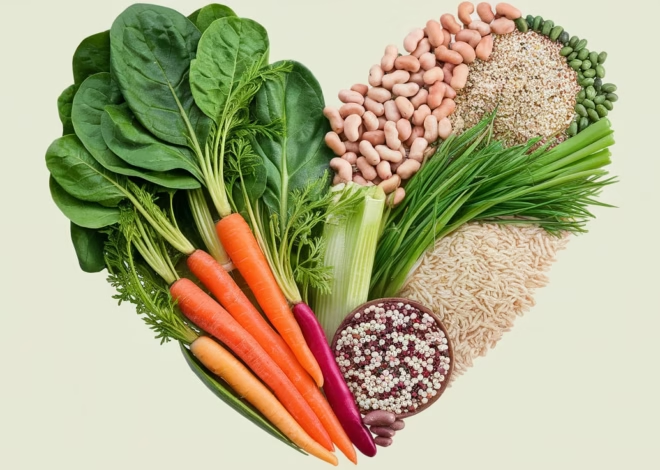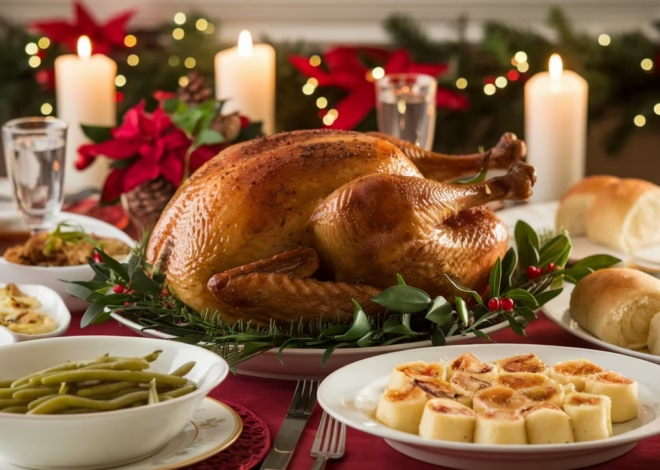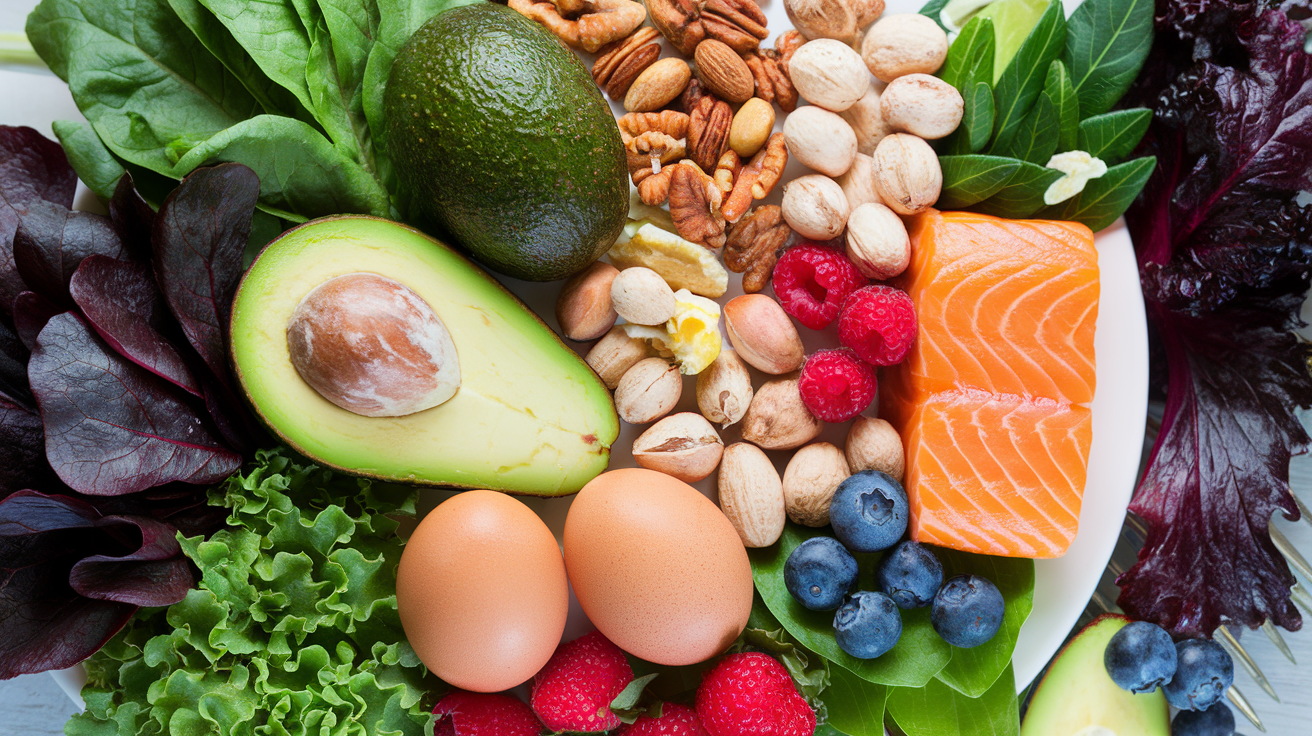
40 Best Low Carb Foods That Are That Are Packed with Flavor
Low-carb diets have taken the health and wellness world by storm for their potential to promote weight loss, balance blood sugar, and support overall health. But what exactly does “low-carb” mean, and how can you enjoy a diet that’s both delicious and nutrient-packed? Let’s dive into the best low carb foods, tips for eating low carb, and things to watch out for along the way.
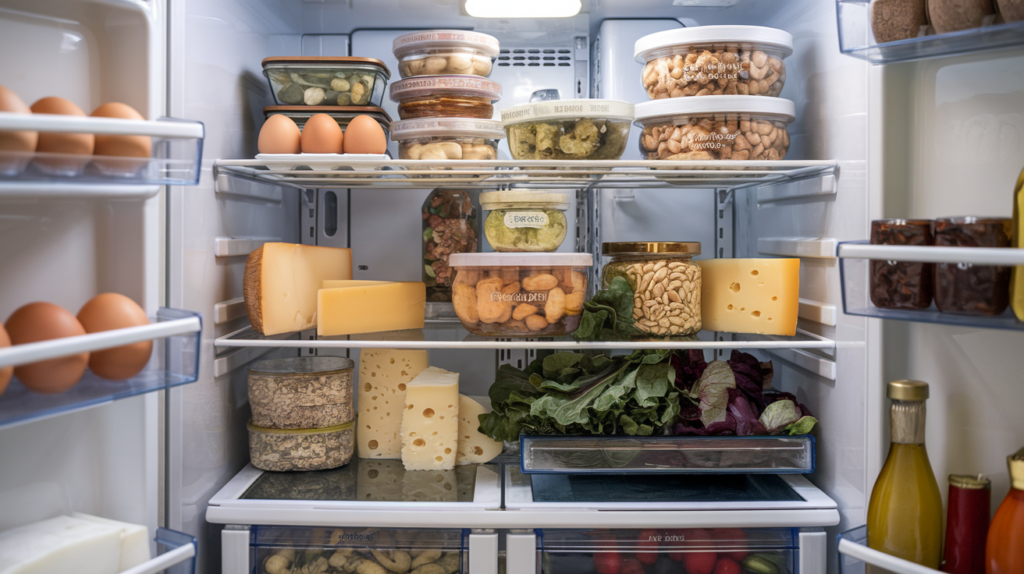
What Are Low Carb Foods?
Low-carb foods are those that contain relatively low amounts of carbohydrates compared to fats and proteins. Typically, low-carb diets restrict carbohydrate intake to 20-100 grams per day, depending on the plan. These foods are great for stabilizing blood sugar and reducing hunger, as found in a study in Appetite that linked low-carb diets to reduced appetite and increased satiety.
Common low-carb options include non-starchy vegetables, high-protein foods, and healthy fats like avocados and nuts.
Total Carbs vs. Net Carbs
Understanding “net carbs” is key to making informed dietary choices. Net carbs are calculated by subtracting fiber and sugar alcohols from total carbohydrates, as these are not fully absorbed by the body. For example:
- Avocado: 12g total carbs, 10g fiber → 2g net carbs.
- Broccoli: 6g total carbs, 2g fiber → 4g net carbs.
Counting net carbs is especially useful for people managing conditions like diabetes, as it provides a more accurate picture of the carbs that affect blood sugar.
Here’s how to calculate them:
- Net Carbs = Total Carbs – Fiber – Sugar Alcohols.
Net carbs provide a clearer picture of the carbs that affect blood sugar. For instance, high-fiber foods like avocado and flaxseed are excellent for low-carb diets since their fiber offsets most of their total carbs.
The Best Low Carb Foods (with Net Carbs)
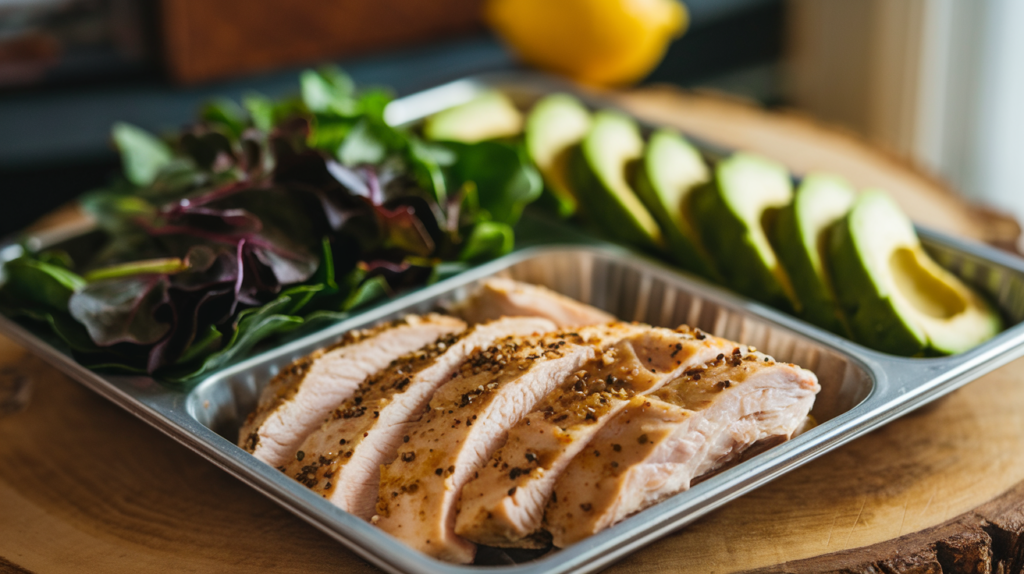
Here are some of the best low carb foods and their net-carbs:
Low-Carb Vegetables
- Spinach – 1g net carbs per cup (raw)
Packed with iron, magnesium, and vitamin K, spinach is a nutrient powerhouse for salads, smoothies, or sautés. - Zucchini – 2g net carbs per cup
Perfect for low-carb zoodles, zucchini is versatile and hydrating. - Cauliflower – 3g net carbs per cup
A popular substitute for rice, mashed potatoes, or pizza crust. - Broccoli – 4g net carbs per cup
High in vitamin C and antioxidants, broccoli is a low-carb favorite. - Asparagus – 2g net carbs per 6 spears
Rich in folate and perfect as a roasted side dish or salad ingredient. - Bell Peppers – 3g net carbs per half-cup (red or yellow)
Sweet and crunchy, these peppers brighten up any meal. - Cucumber – 2g net carbs per cup (sliced)
Hydrating and refreshing, ideal for snacks or salads. - Mushrooms – 2g net carbs per cup (white mushrooms)
Earthy and low in carbs, great for stir-fries or soups. - Cabbage – 3g net carbs per cup (shredded)
Use it in slaws, soups, or stir-fries for added crunch and nutrition. - Brussels Sprouts – 4g net carbs per half-cup
Roasted Brussels sprouts offer a crispy, caramelized treat.
Protein-Packed Foods
- Eggs – 1g net carbs per egg
Rich in high-quality protein, eggs are endlessly versatile. - Salmon – 0g net carbs
Loaded with omega-3s, salmon is perfect for heart and brain health. - Chicken Breast – 0g net carbs
A lean protein option for any meal. - Beef – 0g net carbs
Choose grass-fed options for extra omega-3s and CLA. - Pork Chops – 0g net carbs
Juicy and satisfying, pork chops are a great addition to a low-carb dinner. - Shrimp – 0g net carbs
Low in calories and carbs, shrimp are perfect for stir-fries or salads. - Turkey – 0g net carbs
A lean meat option rich in protein and low in fat. - Tofu – 2g net carbs per 3 ounces
A plant-based protein that’s great for vegetarians.
Low-Carb Dairy
- Cheddar Cheese – 1g net carbs per ounce
Cheese is keto-friendly and loaded with calcium and healthy fats. - Greek Yogurt (Plain, Full-Fat) – 4g net carbs per 1/2 cup
Rich in probiotics, Greek yogurt is an excellent low-carb breakfast or snack. - Heavy Cream – 1g net carbs per tablespoon
A creamy addition to coffee or low-carb desserts. - Cream Cheese – 1g net carbs per ounce
Perfect for spreads or keto cheesecakes.
Low-Carb Fruits
- Avocado – 2g net carbs per half fruit
A creamy, nutrient-packed source of healthy fats. - Blackberries – 5g net carbs per cup
Loaded with antioxidants and fiber. - Raspberries – 7g net carbs per cup
Sweet and tart, ideal for snacking or desserts. - Strawberries – 6g net carbs per cup (sliced)
A crowd favorite with a burst of sweetness. - Coconut Meat – 6g net carbs per cup (shredded)
A tropical treat full of healthy fats.
Low-Carb Nuts and Seeds
- Almonds – 2g net carbs per ounce (about 23 nuts)
Packed with vitamin E and magnesium. - Walnuts – 2g net carbs per ounce
A brain-boosting snack full of omega-3 fatty acids. - Chia Seeds – 2g net carbs per tablespoon
Great for puddings or smoothies. - Flaxseeds – 1g net carbs per tablespoon
A fiber-rich addition to baked goods or smoothies. - Pecans – 1g net carbs per ounce
A buttery, keto-friendly nut for snacking.
Healthy Fats
- Olive Oil – 0g net carbs
A heart-healthy fat for dressings and cooking. - Butter – 0g net carbs
A rich, satisfying fat source for cooking and baking. - Coconut Oil – 0g net carbs
Great for keto desserts or frying. - Nut Butters (Natural, Unsweetened) – 2-4g net carbs per tablespoon
Opt for almond or peanut butter with no added sugar.
Other Low-Carb Favorites
- Dark Chocolate (85% or Higher) – 5g net carbs per ounce
A treat for low-carb dieters that satisfies sweet cravings. - Zoodles (Zucchini Noodles) – 2g net carbs per cup
A pasta alternative that’s perfect with marinara or pesto. - Cauliflower Rice – 3g net carbs per cup
A low-carb swap for traditional rice. - Bone Broth – 0g net carbs
Rich in collagen and minerals, bone broth is perfect for sipping or soups.
Tips for Eating Low Carb
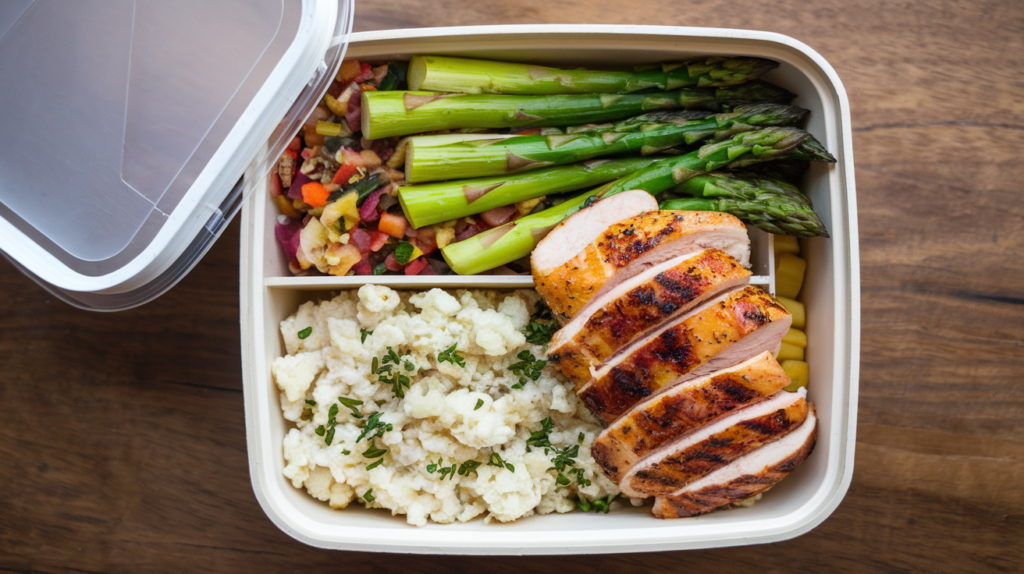
- Plan Your Meals: Stock up on low-carb essentials like eggs, leafy greens, and avocados to avoid impulsive high-carb choices.
- Read Labels: Many packaged foods labeled “low-carb” contain hidden sugars. Always check the nutrition facts.
- Hydrate: Low-carb diets can lead to water loss, so drink plenty of fluids and consider replenishing electrolytes with foods like spinach and salmon.
- Focus on Quality: Opt for whole, unprocessed foods rather than low-carb junk food. For instance, choose natural peanut butter over carb-free but highly processed snacks.
Risks and Side Effects
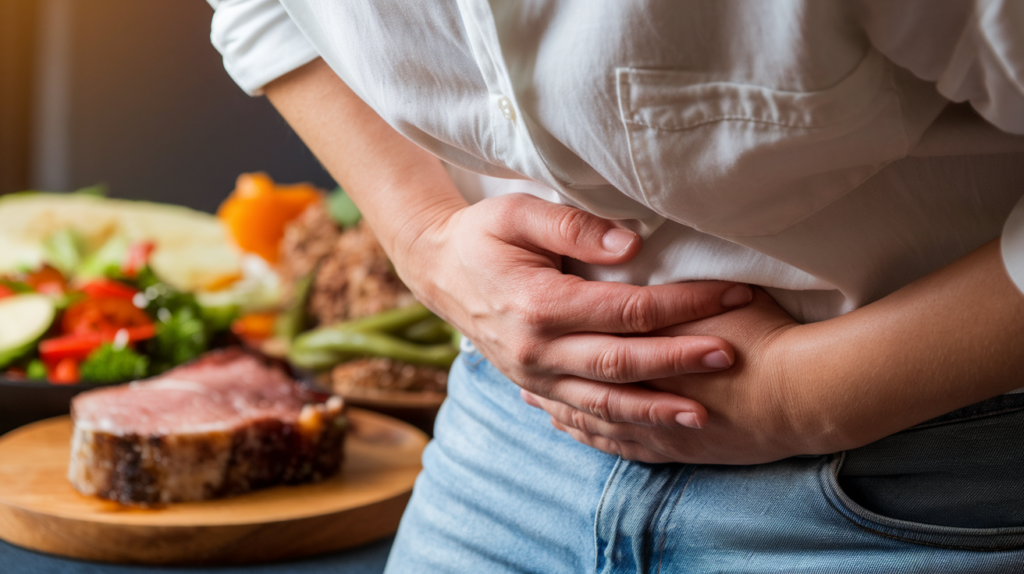
While low-carb diets offer numerous benefits, they’re not without potential drawbacks:
- Keto Flu: When starting a very low-carb diet, some people experience fatigue, nausea, and headaches due to electrolyte imbalances. Drinking more water and adding salt to your diet can help mitigate this.
- Digestive Issues: A lack of fiber-rich carbs may lead to constipation. Include fiber-rich low-carb foods like chia seeds and broccoli to maintain gut health.
- Nutrient Deficiencies: Eliminating high-carb fruits and grains can reduce your intake of certain vitamins and minerals. Supplements or a more balanced low-carb approach may be necessary.
Conclusion
Low-carb eating doesn’t have to be restrictive or dull. With options like leafy greens, berries, fatty fish, and full-fat dairy, you can enjoy a wide range of delicious, nutrient-packed foods. By focusing on whole, unprocessed ingredients and understanding the balance between total and net carbs, you can create a sustainable low-carb lifestyle that supports your health goals.
Whether you’re looking to lose weight, manage blood sugar, or simply feel more energetic, these 40 low-carb foods are here to keep your meals exciting and your body thriving!
